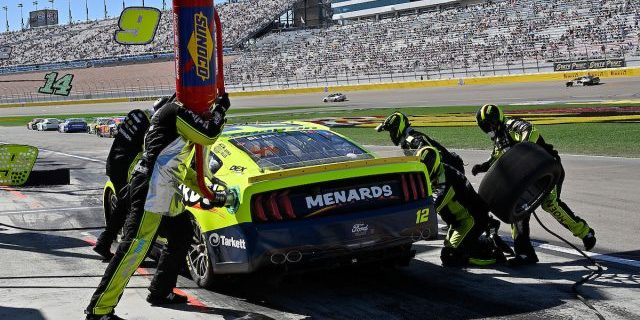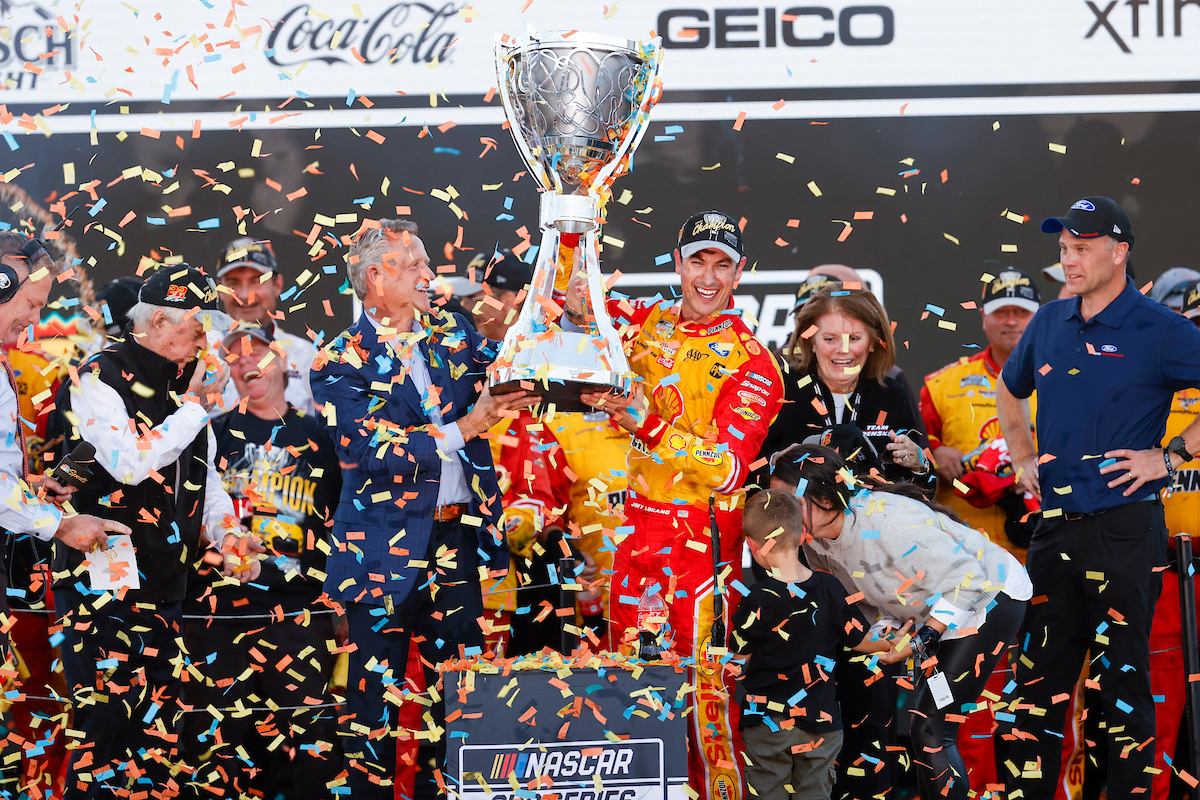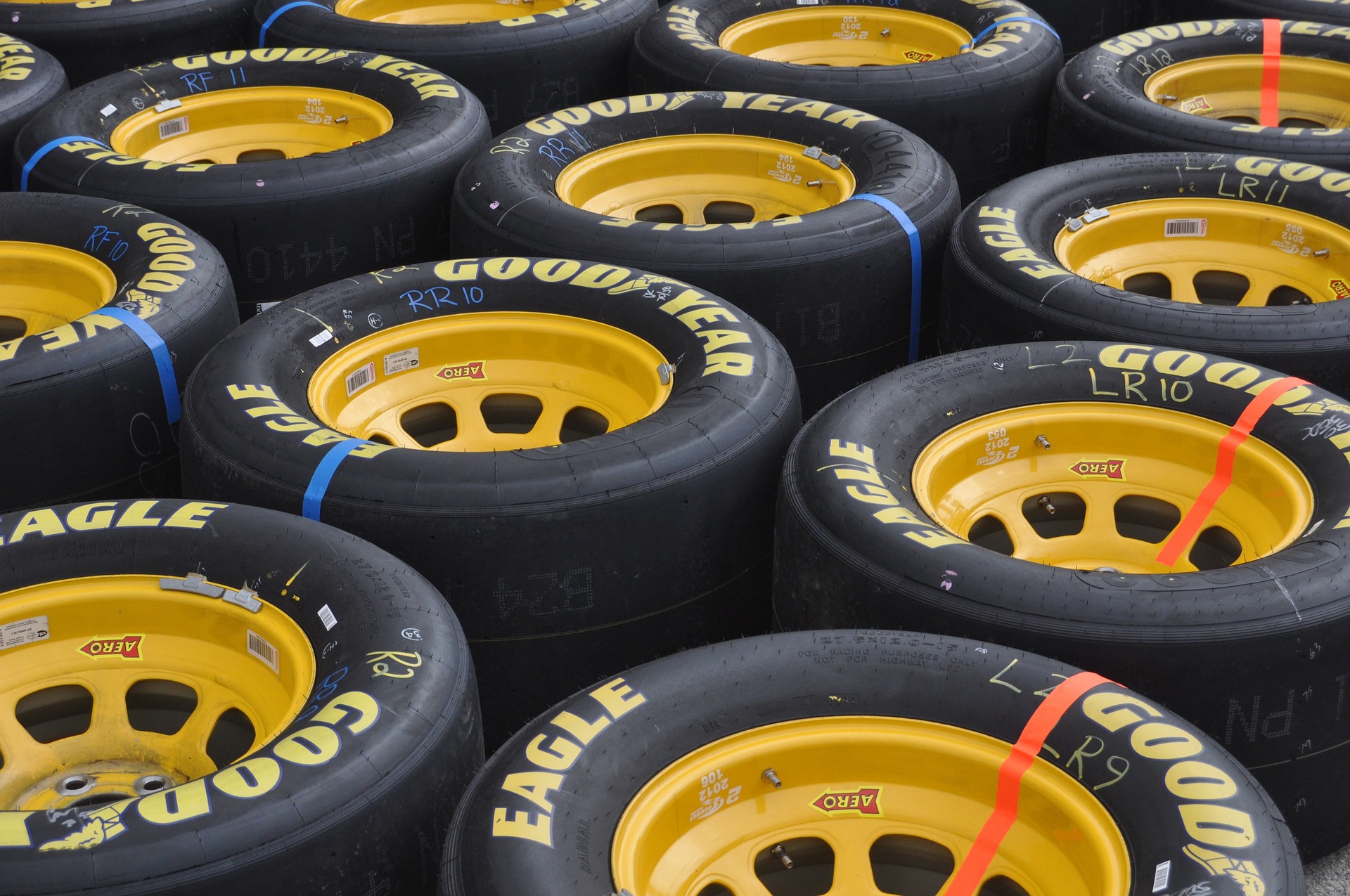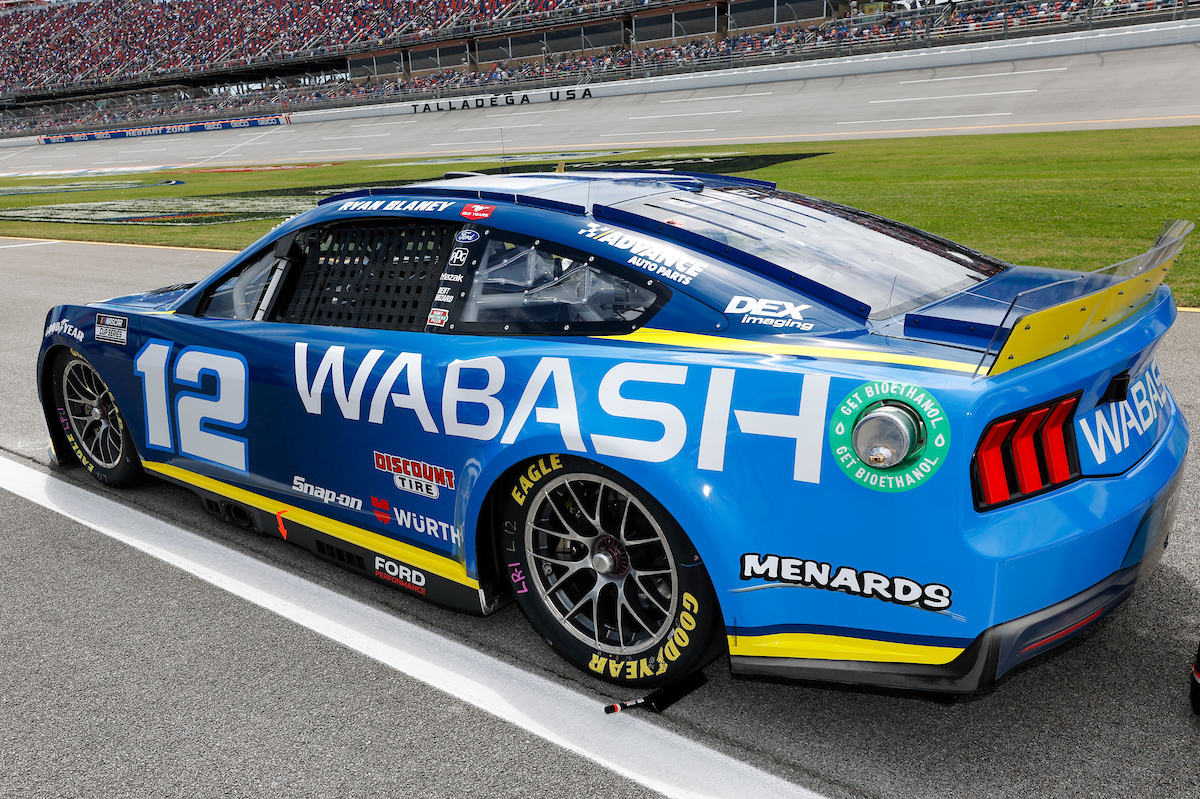How Does NASCAR Deal With Rising Gas Prices?


You’ve probably seen the news about the wild swings in fuel prices. Ordinary people are feeling the pinch, so imagine their impact on the bottom line of motorsports organizations. So, how does NASCAR deal with rising gas prices?
While NASCAR is immune to volatile crude oil price movements, it’s a different story for race teams. However, the motorsport organization still considers ditching gas for other reasons.
In This Article
In this article, we’ll explore how much fuel NASCAR vehicles use, who picks up which tab and how much gas accounts for team budgets.
Table of Contents
NASCAR Gas Prices – A Detailed Explanation
Fuel Price Fluctuations
From 1990 to 2022, the annual retail gas price in the U.S. went from $1.3 to $3.95 per gallon. The sharpest 5-year decline occurred in 2012-2016, marking a decrease of 40.88%. On the other hand, 2020-2022 saw the highest and fastest jump when road users ultimately had to pay 82.03% at the pump.
The demand and supply of crude oil influence how much gas stations charge their customers. At current consumption levels, the world still has decades of proven oil reserves left. The vast majority of vehicles still run on gas.
Fuel prices are volatile despite abundant supply and constant demand for various reasons. First, they’re prone to manipulation. Petroleum-exporting countries can minimize their crude output to artificially limit supply, making energy products more expensive. When enough oil producers believe that demand is too high, they can flood the market and cause prices to move in their desired direction.
Economic downturns impact gas prices, too. The COVID-19 pandemic is an excellent example. When everything shut down and most people stayed home, fuel demand plummeted.
Geopolitical events are another factor. Conflict can fuel economic sanctions, affecting the ability of their targets to seamlessly buy or sell crude and inflating energy prices for everybody.
In other words, NASCAR is at the mercy of crude oil producers like everybody else.
Specialty Fuel
Unlike ordinary automobiles, NASCAR cars need extraordinary gas. Race car engines need high-octane fuels to ensure stable combustion, endure extreme compression and allow remarkable throttle response and acceleration.
Currently, the standard NASCAR fuel is Sunoco Green E15. This innovative blend of 85% unleaded gasoline and 15% bioethanol has an octane rating of 98 and gets its name from its green color.
In the past, NASCAR vehicles ran on leaded gasoline. The motorsport organization completely abandoned it in 2007 due to its health risks in favor of unleaded gas. In 2011, NASCAR added a renewable fuel into the mix to become a more sustainable brand. The organization’s adoption of Green E15 has led to 20% fewer greenhouse gas emissions across NASCAR’s trio of national tourist series.
Racing Fuel Consumption
On the track, the average stock car uses 20 gallons every 100 miles. Therefore, NASCAR vehicles burn 80-120 gallons of fuel per race. The American stock car racing governing body has shortened races, driving down gas consumption.
Plane, Car and Transporter Fuel Usage
Off the track, NASCAR teams consume gas to travel and transport vehicles and equipment from one racetrack to another. Flying uses more fuel than driving, but the 18-wheelers transporters use can be gas-hungry. Testing and practicing before a race consumes gas, too.
How Does NASCAR Deal With Rising Gas Prices?
Sunoco Foots the Bill
NASCAR doesn’t have to deal with rising gas prices because Sunoco pays for all teams’ fuel supply. Sunoco has been the official fuel of NASCAR since 2004, replacing long-time gas supplier Unocal 76.
This gas distribution giant has powered more than 20 million miles of competition with its eco-friendly racing fuel blend. When gas prices spike, it’s Sunoco that feels the heat.
NASCAR Teams Pay Off the Track
Before and after races, NASCAR teams have to pay for gas out of pocket. On average, a race team sets aside $5 million-$25 million to cover expenses. The bulk of the budget goes to building and maintenance vehicles. The rest applies to salaries and operating expenses, including gas.
Although fuel hardly lightens a NASCAR team’s coffers, extreme gas price fluctuations are impactful enough to inspire cost-cutting measures. Teams have relied less on airplanes and more on automobiles to get where they need to be.
The Champ Is Losing
It’s easy to think that the most successful race teams make enough money to neutralize rising gas prices. However, even decorated auto car racing organizations can be unprofitable. Although the sport is valuable, only a few stakeholders benefit from the financial gains.
Teams estimate that an overwhelming 93% of the value goes to NASCAR and track owners. They split the remaining 7% among themselves and heavily depend on sponsorships to stay afloat. The current charter agreement expires after the 2024 season. Race teams aim to snag more revenue streams at the negotiating table.
Is Hydrogen on the Horizon?
Construction of Clean Hydrogen Hubs
Hydrogen is one of the alternative fuels that can shield NASCAR stakeholders from volatile gas price movements. This energy source can be expensive, but it’s bound to become cheaper.
The current administration earmarks $7 billion for constructing production, storage and delivery hubs across seven regions, serving as the backbone of the nation’s hydrogen infrastructure. They can help the country become more hydrogen self-sufficient and give the federal government more tools to counter gas price spikes.
Although Uncle Sam is a net petroleum exporter, it can’t influence global crude oil prices the way the Organization of Petroleum Exporting Countries can. That’s why the U.S. sometimes must resort to band-aid solutions to satisfy immediate domestic demand. The most recent example was 2022, when the federal government released 30 million crude oil barrels from its strategic reserves.
When the hydrogen hubs see the light of day, NASCAR can get abundant, clean, low-cost fuel capable of decarbonizing its race cars. Hydrogen-powered vehicles are zero-emission and spit only water out of their tailpipes, reinforcing the motorsport brand’s push for sustainability.
Combustion Engines Over Fuel Cells
NASCAR is open to this zero-emission fuel as long as hydrogen internal combustion engine vehicles will race on its tracks instead of fuel cell ones. Hydrogen can be as loud as gas when used for combustion, which brings entertainment value to races.
For this reason, you may see hydrogen vehicles on NASCAR tracks first before electric cars. Electric vehicles can offer a refreshing brand of excitement, but NASCAR races may seem less thrilling without the roaring sound of combustion engines.
How Does NASCAR Deal With Rising Gas Prices? — Final Thoughts
NASCAR’s racing fuel is free, courtesy of Sunoco. On the other hand, race teams have to budget for gas off the track. The ebbs and flows of fuel prices directly impact NASCAR teams’ operating costs, but their limited revenue streams affect their profitability more than their transportation expenses.
How Does NASCAR Deal With Rising Gas Prices? — FAQ
What Type of Gas Does NASCAR Use?
NASCAR drivers use Sunoco Green E15. This 98-octane racing fuel is a mix of 85% unleaded gas and 15% bioethanol. It has been the official NASCAR fuel since 2011.
Who Pays for the Fuel at NASCAR Races?
Sunoco pays for the fuel at NASCAR races. This gas distributor has been the motorsport’s official sponsor since 2004.
How Does NASCAR Control Fuel Usage?
The average NASCAR driver burns 20 gallons of fuel per 100 miles. The motorsport’s Sunoco Green E15 adoption has resulted in 20% fewer greenhouse gas emissions. NASCAR has also shortened many races and has been considering adopting hydrogen — a resource bound to become greener through federal programs.
What Is the Biggest Expense for a NASCAR Team?
Most of a NASCAR team’s budget goes to cars and payroll.
Do NASCAR Teams Pay for Their Fuel?
NASCAR teams pay for the gas they consume before and after races. Their operating expenses include plane, car and transporter fuel.
Author Bio
With an extensive background in automotive journalism, Jack Shaw brings a wealth of knowledge and enthusiasm to the table. As a contributing writer for Offroad Xtreme, Ford Muscle, Engine Labs and other leading publications, his articles provide readers with expert insights and captivating stories from the world of racing.










